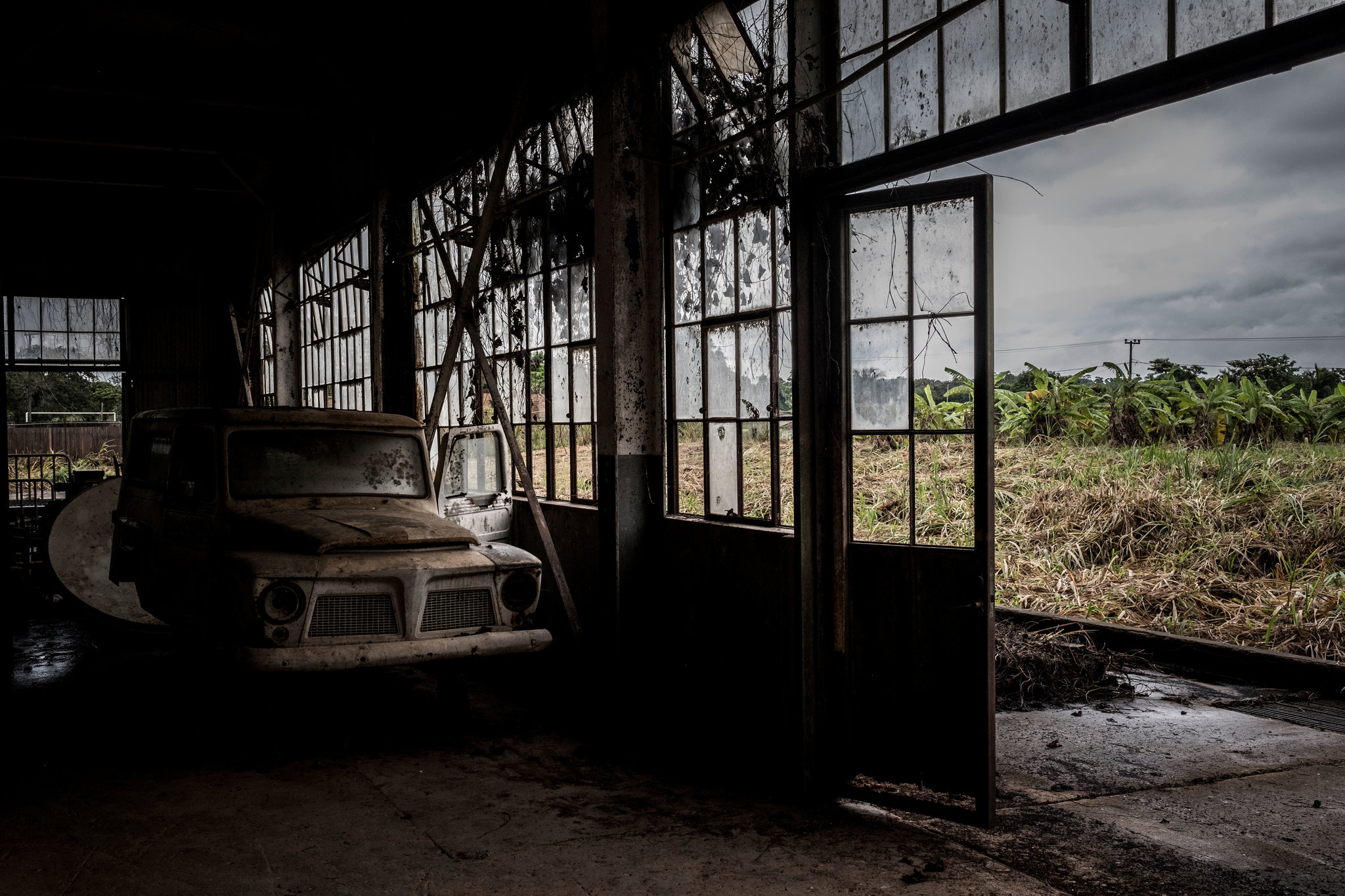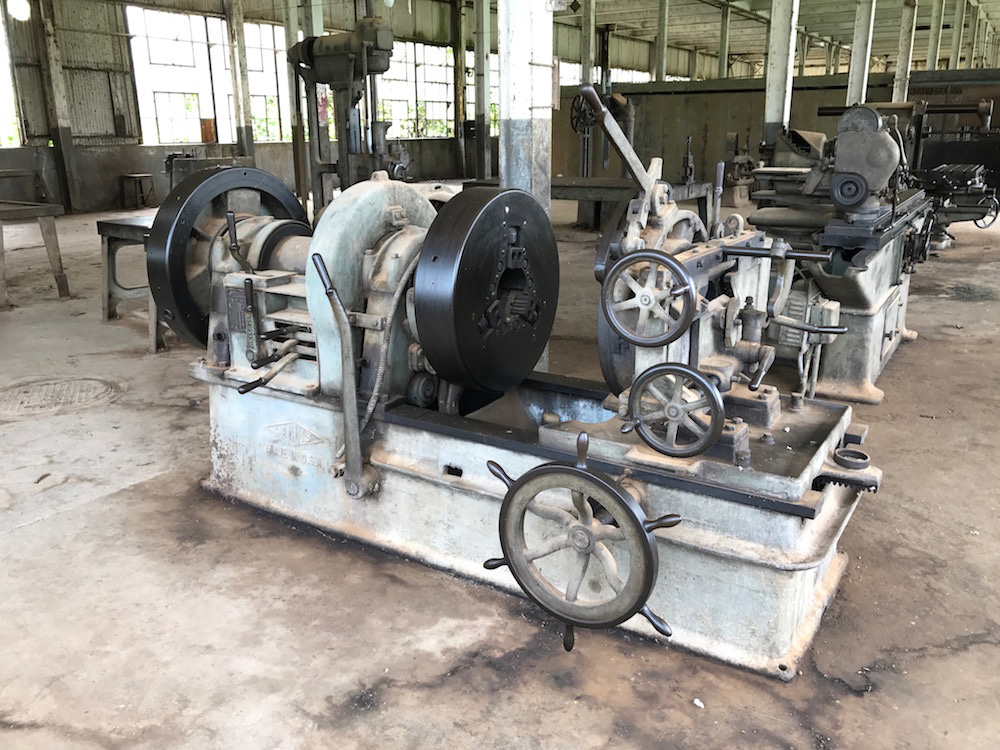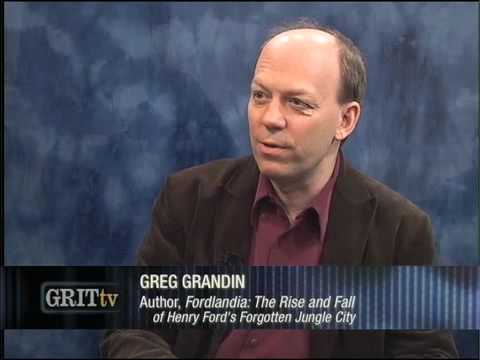A wide-ranging and informative account of Fordlandia by an historian. There is much about Ford the man and Ford the company at the outset that was new to me but not altogether necessary to the story of Fordlandia, leaving me with the feeling that everything the author found was forced into the book relevant or not. For a book about the Jungle City more than half of it is about Dearborn Michigan.

That Ford came to replicate Dearborn in the Amazon may be true but we did not need quite so much background for that point to be made.
Ford’s proselytising efforts to mould new industrial men, my phrase, in his workforce is interesting. Like other paternalistic employers, Ford thought that if he paid well and supported clean living, the men will be responsible employees and that is that. Fordlandia became a laboratory test of that proposition on a green fields site far away from the temptations of Detroit.
The size of Ford’s industrial empire was enormous in the 1920s. Seventy-five thousand employees in Michigan and a like number elsewhere.
Ford had long believed in vertical integration. Growing its own rubber fit with that approach.
Settling on the Amazon was fraught for many reasons. There was much corruption in doing the deal, though Ford did not know it. There was much incompetence in the management and constant blame shifty and backbiting among the managers. Ford did know some of that.
To compress a longer story. None of the managers sent there knew anything about the tropics, the local people, or rubber trees.
Instead they were enjoined to replicate Dearborn there. To wit the buildings were planned in Dearborn for Michigan conditions and built there. These building were all wrong for the climate and terrain but it had to be that way for the press photographs.
When the rubber market changed, Ford pressed on in part simply to show that with enough effort it could be done. Climate, jungle, tropical pests, Brazilians, they would all yield to the genius of science, engineering, rationality, and logic. And money.
The original contract that ceded the land called for planting of a thousand trees by the end of the second year. To meet that deadline planting started in the wet season when it should have started in the dry season. Most of the plants were washed away even as they were planted. Those who managed knew nothing about wet and dry seasons in the Amazon jungle. But they had a can-do attitude learned in Dearborn and they set about replicating Dearborn in the jungle with brick houses and metal roofs that made them sweat boxes. But such will power cannot overturn nature.
The jungle prevailed. While the Brazilian rubber trees seeded in South East Asia flourished because they had no natural predators, in the Amazon there were many fungi and insects that feed on the rubber tree. When planted close together in a plantation, the rubber trees perished easily and readily. The Ford company took no advice from botanists, though some did try to tell it.
 What remains.
What remains.
There are many similar stories where the assumption was that if enough money was spent, enough equipment deployed, enough men employed, then it could be done. But there was never enough to overcome the Amazon. Think Fitzcarraldo.
With age Henry Ford became more and more stubborn and less and less reasonable. What started out as good intentions in paternalism became despotic.
There was also a good deal of mission creep. The stated goal changed and changed again to avoid admitting defeat. First it was to grow rubber. Then it was to develop the Amazon interior as a philanthropic gesture. Then it was to support the Brazilian government through investment. Next it was to export the American model of community. Finally it was to hang on to American interest in Brazil to keep it on the Allies’ side in World War II.
 Ruins.
Ruins.
I learned a lot from the book but I found the author’s didactic tone irksome. Rather it than informing the reader and then letting the reader decide, the moral is asserted early and often. Because of all the extraneous material as mentioned at the outset, I found the book hard to follow, though I already knew some of the story. Reading all this detail, makes me appreciate the way the novelist distilled enough for the story he told out of the morass of facts.
The obvious comparison, not made by the author, is with the building of Brasilia a generation. Although Brasilia was not built in the Amazon jungle but on a high, arid plateau in the middle of nowhere.

I found nothing that relates to utopian theory or practice.
Skip to content
